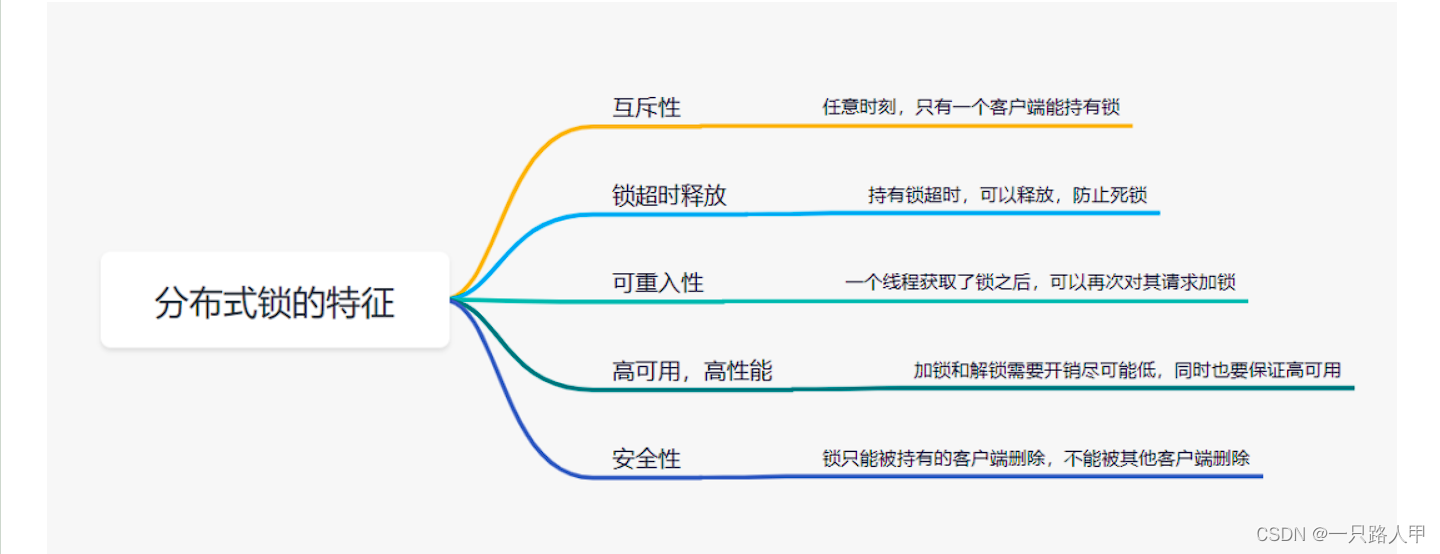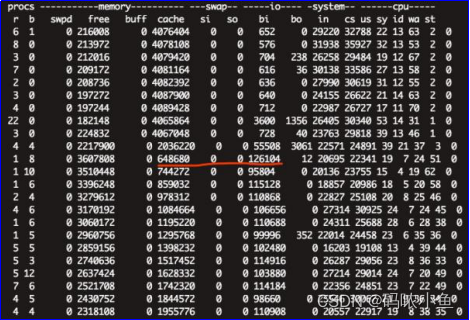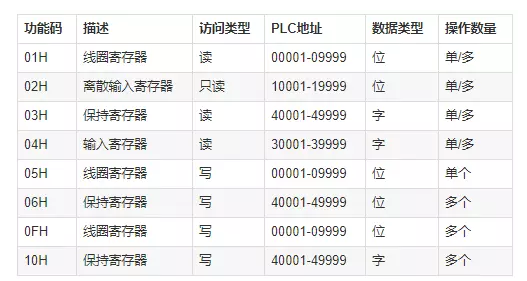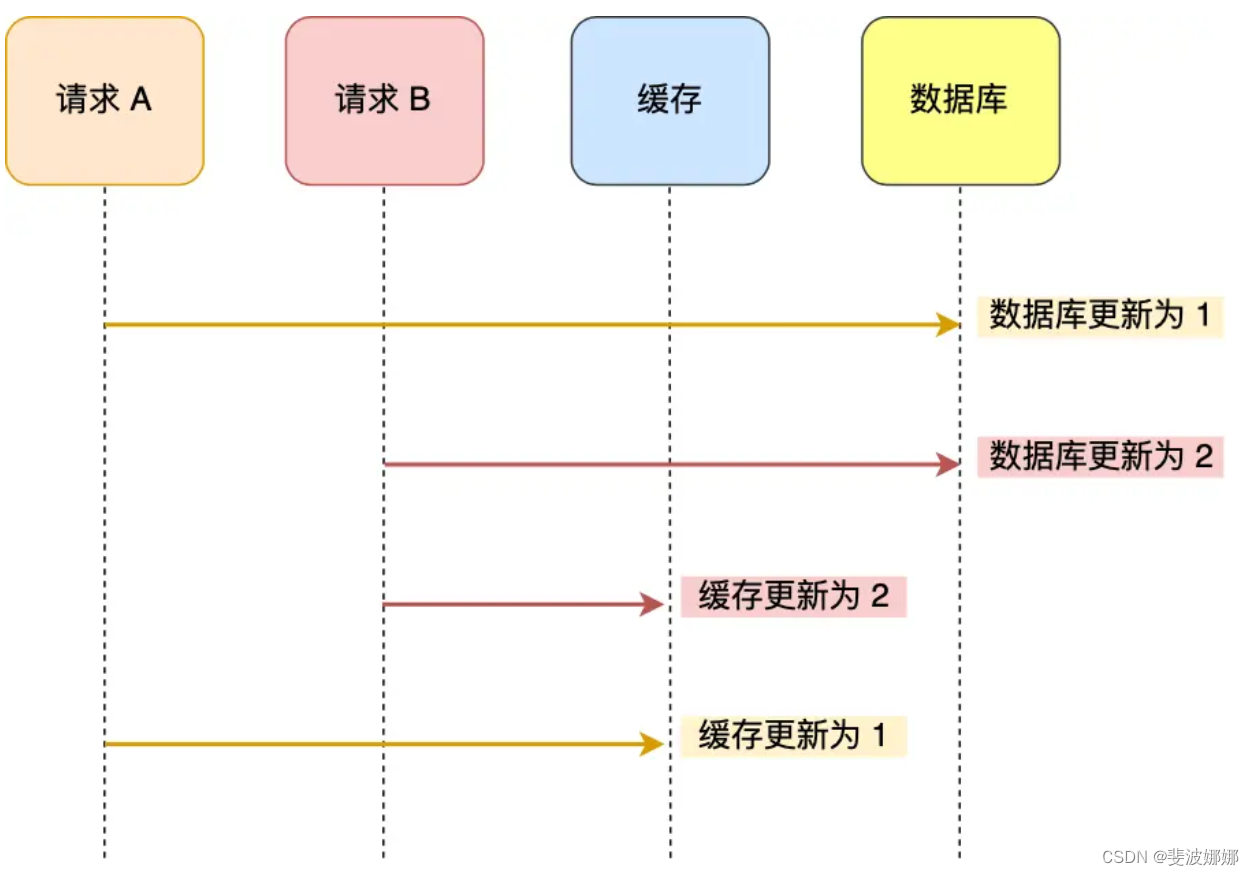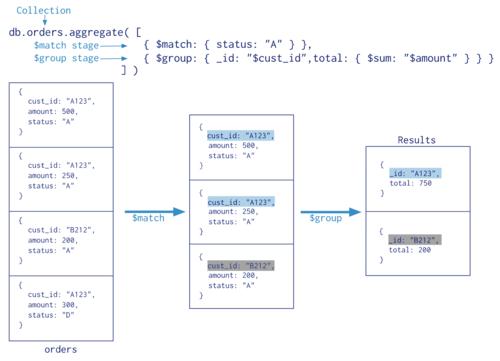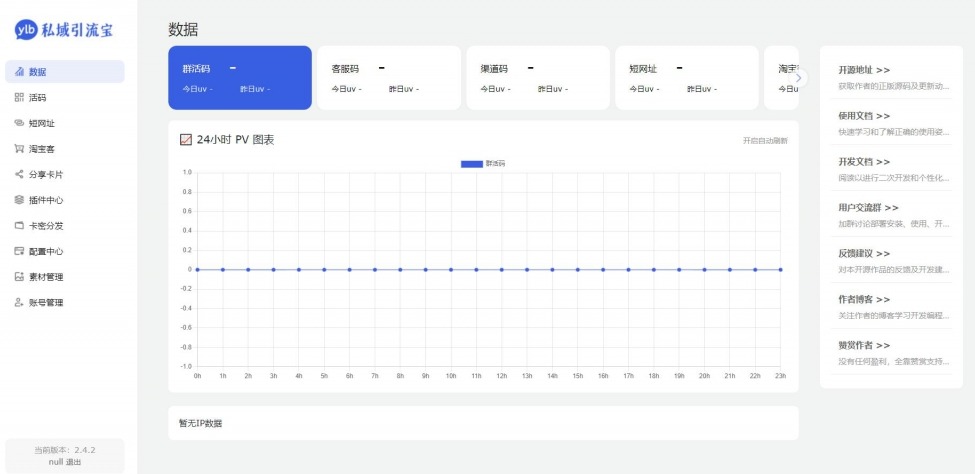Blue Porcelain: An Open-Source Platform for AI-Driven Drug Discovery
Blue Porcelain is an open-source platform designed to facilitate the drug discovery process by leveraging artificial intelligence (AI) techniques. Developed by SJTU-ACA Lab, this powerful tool provides researchers and scientists with a user-friendly interface and comprehensive features to accelerate the identification of potential drug candidates.

Introduction
The field of drug discovery has traditionally relied on time-consuming and costly experimental approaches. With the advent of AI technologies, there is an increasing demand for platforms that can integrate these tools into the drug development pipeline. Blue Porcelain addresses this need by offering a seamless workflow that encompasses various aspects of drug discovery, including target selection, hit identification, lead optimization, and ADME/toxicology evaluation.
Features and Capabilities
Target Selection
Blue Porcelain helps users identify potential therapeutic targets based on their biological function and disease relevance. The platform integrates multiple data sources and computational methods to rank targets according to their druggability and potential impact on the desired therapeutic outcome.
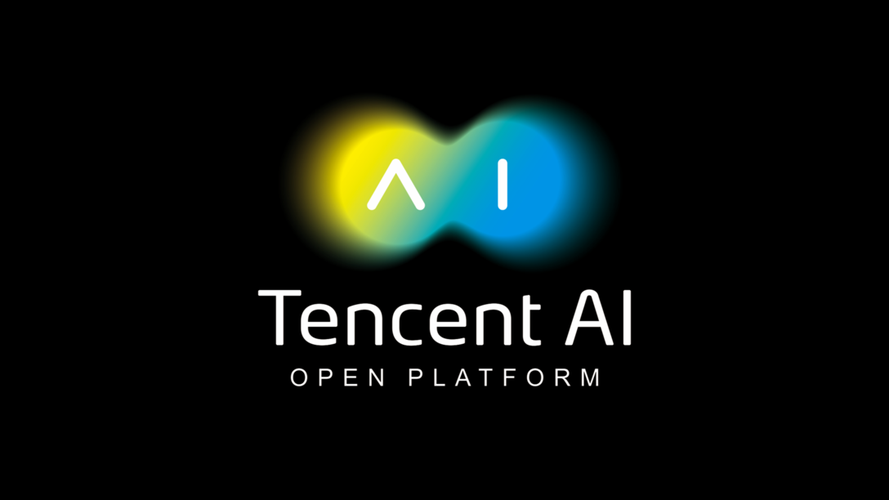
Hit Identification
Once a target is selected, Blue Porcelain facilitates the search for small molecules that can potentially interact with it. The platform supports various screening methodologies, such as virtual screening of compound libraries, de novo design, and repurposing of known drugs. Additionally, Blue Porcelain leverages machine learning algorithms to prioritize hits based on their structural properties and predicted binding affinity.
Lead Optimization
After identifying promising hits, Blue Porcelain guides users through the lead optimization process, which involves iterative cycles of chemical modification and assessment of pharmacological profiles. The platform offers a range of molecular modeling tools, such as molecular dynamics simulations, quantitative structure-activity relationship (QSAR) modeling, and structure-based drug design, to support informed decision-making during lead optimization.
ADME/Toxicology Evaluation
蓝玉是一个开源的平台,旨在通过人工智能(AI)技术加速药物发现过程。由SJTU-ACA实验室开发的这个强大工具为研究人员和科学家提供了一个易于使用的界面和全面的功能,以加速潜在药物候选物的识别。
功能与能力
目标选择
蓝玉帮助用户根据其生物学功能和疾病相关性确定潜在治疗目标。该平台集成了多种数据源和计算方法,按其可药性和对预期治疗结果的潜在影响对靶点进行排序。
碰撞检测
一旦选择了目标,蓝玉就会促进小分子的搜索,这些小分子有可能与其相互作用。该平台支持多种筛选方法,如化合物库的虚拟筛选、新设计和已知药物的重新利用。此外,蓝玉利用机器学习算法优先考虑结构属性和预测结合亲和力的碰撞。
链条优化
在识别出有前途的碰撞后,蓝玉会引导用户通过链条优化过程,这包括化学修饰的迭代周期和药理学特性的评估。该平台提供了多种分子建模工具,如分子动力学模拟、定量构效关系(QSAR)建模和基于结构的药物设计,以支持链条优化过程中知情决策。
ADME毒性评价
蓝玉还提供了一套工具来评估药物的吸收、分布、代谢和排泄(ADME)特性,以及潜在的毒性问题。这些工具可以帮助用户在早期阶段就预测药物的体内行为,从而减少实验次数并降低研究成本。
特点
- 开放源代码 - 蓝玉是一个完全开源的平台,允许用户自定义工作流程和集成其他第三方工具。
- 易于使用 - 通过直观的图形用户界面,蓝玉使非计算机科学家也能轻松地使用复杂的药物发现算法。
- 功能丰富 - 从目标选择到ADME毒性评价,蓝玉涵盖了药物发现过程的所有关键步骤,提供了全面的工作流解决方案。
结论
蓝玉是药物发现领域的一个重要突破,它将人工智能的强大潜力与药物研发的专业知识相结合,为研究人员提供了一种高效且灵活的方法来加速新药的开发。我们鼓励所有对药物发现感兴趣的用户试用蓝玉,并为这个不断发展的社区贡献自己的想法和经验。
探索蓝玉:https://gitcode.com/SJTU-ACA-Lab/blue-porcelain?utm_source=artical_gitcode


